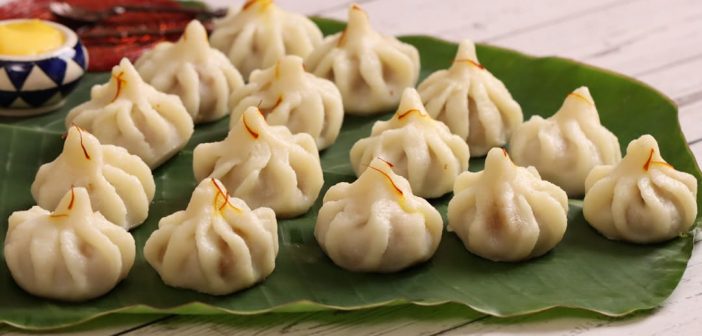Modak, a sweet delicacy cherished across India, holds a special place in the hearts and homes of millions. With its rich history, cultural significance, and diverse varieties, modak is much more than just a treat—it’s a symbol of tradition and celebration. In this article, we’ll delve into the origins of modak, explore its different types, and uncover its historical and cultural importance.
Origins and Historical Context
Modak’s origins trace back to ancient India, where it is believed to have been a favorite of Lord Ganesha, the elephant-headed deity revered in Hinduism as the remover of obstacles and the god of wisdom and beginnings. According to Hindu mythology, modak was Ganesha’s favorite sweet, which is why it is often offered to him during the Ganesh Chaturthi festival. This festival, celebrated with great fervor across India, sees households preparing and offering modak as a mark of devotion.
The name “modak” is derived from the Sanskrit word “modaka,” which means “blissful” or “delightful.” The sweet has been mentioned in ancient texts and has evolved over centuries, reflecting regional tastes and available ingredients.
Types of Modak
Modak comes in various forms, each with its unique preparation method and ingredients. Here are some of the most popular types:
1. Ukadiche Modak
Description: This is the most traditional and widely recognized type of modak. It features a soft, steamed outer shell made from rice flour, encasing a sweet filling of grated coconut, jaggery, and aromatic spices.
Preparation: The dough is prepared by mixing rice flour with water and ghee to create a smooth, pliable consistency. The filling is made by cooking grated coconut and jaggery together with cardamom and sometimes poppy seeds. The dough is shaped into small dumplings and steamed until cooked.
Regional Popularity: Ukadiche modak is especially popular in Maharashtra and is a staple during Ganesh Chaturthi celebrations.
2. Fried Modak
Description: A crispy variation of modak, this type is deep-fried, resulting in a crunchy outer shell with a sweet and flavorful filling.
Preparation: Similar to ukadiche modak, the dough is made from either all-purpose flour or a combination of flour and semolina. The filling is prepared as described above. The dough is shaped into dumplings, which are then deep-fried until golden brown.
Regional Popularity: Fried modak is popular in various regions of India, particularly in areas where deep-frying is preferred.
3. Chocolate Modak
Description: A modern twist on the traditional sweet, chocolate modak combines the rich flavors of chocolate with the classic modak filling.
Preparation: This variation often uses a chocolate shell instead of the traditional rice flour dough. The filling can be a blend of chocolate ganache or a mix of coconut and chocolate.
Regional Popularity: Chocolate modak has gained popularity in urban areas and among younger generations who enjoy innovative culinary experiments.
4. Milk Modak
Description: Also known as “milkmaid modak,” this type of modak is made from condensed milk and is often used as a quicker alternative to traditional preparations.
Preparation: The dough is made from condensed milk and milk powder, which is then shaped into modak and allowed to set. The filling can vary, but often includes grated coconut and cardamom.
Regional Popularity: Milk modak is popular in areas where convenience and quick preparation are valued.
Cultural and Historical Significance
Modak is more than just a sweet; it embodies the essence of celebration and devotion in Indian culture. Its association with Lord Ganesha makes it a central offering during Ganesh Chaturthi, symbolizing the removal of obstacles and the beginning of new ventures. The preparation and offering of modak during this festival are considered acts of piety and reverence.
Beyond religious contexts, modak is also a symbol of hospitality and festivity. It is often prepared during weddings, family gatherings, and other joyous occasions. The sweet’s preparation and sharing foster a sense of community and continuity of tradition across generations.
Conclusion
Modak, with its diverse varieties and rich cultural significance, is a testament to India’s culinary heritage. From its origins as a divine offering to its evolution into various modern forms, modak continues to be a beloved sweet that brings joy and celebration to countless lives. Whether enjoyed in its traditional steamed form or with a contemporary twist, modak remains a cherished symbol of tradition, taste, and togetherness.





